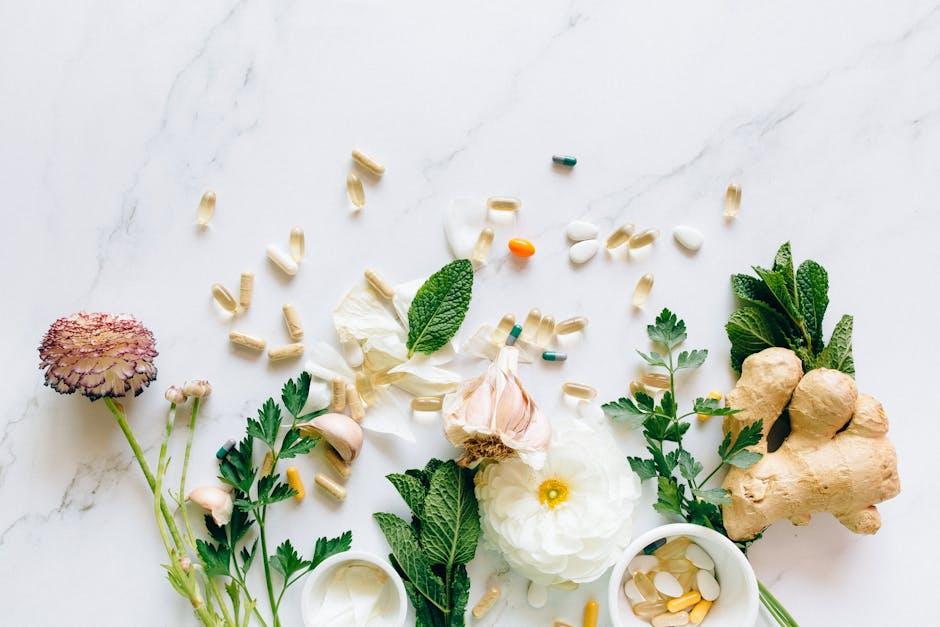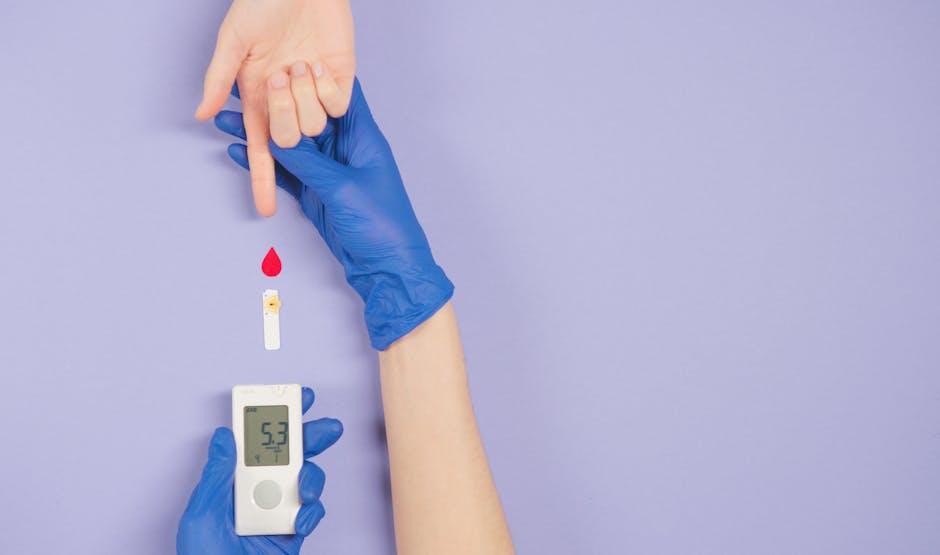:max_bytes(150000):strip_icc():format(jpeg)/Health-GettyImages-2158618211-4a5765a2331d4d0aa8a24b8d7050037f.jpg)
Onycholysis happens when your fingernail or toenail separates from its nail bed. This condition is relatively common, especially with nail injuries, infections, exposure to harsh chemicals or moisture, or certain skin conditions like psoriasis.
Once separated, the nail can’t reattach to the skin. Treatments like good nail hygiene, protecting your nails, and addressing the cause can encourage new nail growth.
The experience and appearance of this onycholysis can vary depending on which part of the nail begins to separate from your nail bed first. Onycholysis types include:
- Distal onycholysis: This is the most common type of onycholysis. The detachment starts at the tip of the nail (the part you trim) and gradually moves backward toward the cuticle. It typically looks like a white or discolored area at the free edge of the nail that seems to spread inward, creating a gap between the nail and the skin.
- Lateral onycholysis: This type involves separation that begins along one or both sides of the nail and may spread across the nail’s width.
- Proximal onycholysis: The separation begins near the cuticle or lunula (the pale half-moon at the base of the nail) and moves outward toward the tip. This form is less common and can be more alarming in appearance, as the detachment begins in an area that typically remains firmly attached.
Depending on the cause, you might notice these changes in multiple fingernails or toenails, or just one:
- A wavy border between the pink and white parts of the nail
- Debris under the lifted nail
- Dents or pits in the nail
- Nail color change
- Separation of your nail from the skin underneath
- Thicker, brittle, and less shiny nails
Onycholysis is not usually painful, but the underlying cause can create discomfort. Ongoing onycholysis can cause further symptoms, including uneven nail growth, ingrown nails, or infections.
Reproduced with permission from © DermNet dermnetnz.org.
Onycholysis occurs when the nail and the skin underneath aren’t attached. It can be idiopathic (without a clear cause). Other causes may affect your whole body or only the nails and nearby skin.
Causes Affecting the Nail
Examples of causes affecting the nails and surrounding skin include:
- Bacterial infections
- Exposure to chemicals, such as cleaning or nail products
- Frequent manicures
- Fungal infections, like onychomycosis
- Growths that affect the nail area
- Long-term exposure to water
- Physical damage to the nail, like from stubbing your toe
- Wearing tight shoes
Causes Affecting Your Body
Systemic causes are health issues that affect the whole body. They are less common causes of onycholysis but can still be factors. Examples of systemic causes include:
Risk Factors
Other risk factors for onycholysis may include:
- Frequent exposure to harsh chemicals or water
- Long nails
- Playing sports
- Female sex
- Pregnancy
- Weakened immune system
To make a diagnosis, your healthcare provider will examine your nails, looking for signs of separation, thickness, peeling, or color changes. They will also ask about your health, medications, injuries, and allergies.
The number of affected nails and their color offer important clues. For example, an injury usually affects one nail, while a skin condition or infection often impacts multiple nails. Green nails typically result from a bacterial infection, while white nails might be a yeast or fungal infection.
Your provider may also perform the following tests to determine or rule out any underlying conditions:
- Blood tests: Used to check for overall health issues that may be contributing to onycholysis
- Culture: Involves placing a sample of your nail in a petri dish to see if fungus or bacteria grow, indicating an infection
- Dermoscopy: Involves using a magnifying tool to examine your nails closely
- Microscopic exam: Involves placing nail clippings under a microscope to look for signs of bacteria or fungus
- Potassium hydroxide (KOH) test: Involves examining a mixture of nail debris and potassium hydroxide under a microscope to check for fungus
Onycholysis Grading System
Onycholysis has five grades, or stages, that indicate how much the nail plate has detached:
- Nail starts to separate from the fingertip by 1-2 millimeters
- Separation of one-third of the nail from the tip
- Separation of one-half to two-thirds of the nail
- Complete separation from the base of the nail to the tip
- Nail bed disappears, and the skin thickens and starts to develop a fingerprint-like pattern, like the tip of your finger
The main goals of onycholysis treatment are to ease discomfort, stop the nail separation from getting worse, and help the nail grow back healthy.
Home Nail Care
The following steps can help your nail heal at home:
- Avoid aggressive cleaning under the nail.
- Avoid biting, picking, or digging under your nails.
- Dry your hands thoroughly after washing.
- Trim the loose part of your nail every couple of weeks until the new nail attaches to the skin.
- Wear gloves when doing dishes or cleaning.
Professional Nail Care
In moderate to severe cases, your healthcare provider, such as a podiatrist (foot care) or dermatologist (skin and nails), may need to remove and clean the damaged nail. They may also recommend regular visits for trimming, smoothing, and reshaping.
Your provider can show you how to use taping techniques, which support healing and nail alignment, or finger and toe braces, which correct the direction and shape of nail growth.
Topical Treatments
Your healthcare provider may prescribe topical treatments, which are creams, gels, or liquids you apply to your nails. Examples include:
- Acetic acid solution: A diluted vinegar for bacterial and fungal infections
- Cyclothyrox lotion: Treats yeast infections
- Hydrogel or emulsion gels and creams: Used to moisturize and protect the nail and surrounding skin
- Onygen cream: Supports nail health with ingredients like sea buckthorn and avocado oil
- Thymol solution: Helps dry your hands after washing them or getting them wet
- Sodium hypochlorite solution: Diluted bleach used to prevent bacterial infections
- Topical retinoids: Vitamin A derivatives that may help improve nail adhesion (attachment)
- Prograf (tacrolimus): An ointment that treats psoriasis
- Vitamin E and essential oils (lime, oregano, and tea tree): A topical treatment that may help support nail health and treat fungal infections.
Oral Medications
Your provider may prescribe oral (taken by mouth) treatments for underlying conditions, such as psoriasis or thyroid disease. They might also recommend supplements for vitamin B or iron deficiencies, or antifungals like Diflucan (fluconazole) for a fungal infection.
Surgery
In severe cases, your healthcare provider may decide that surgical removal of the affected nail is necessary. They’ll use skin grafts or artificial skin to rebuild the nail bed and support healthy nail growth afterward.
The following strategies can help prevent onycholysis:
- Be gentle: Avoid biting, picking, or harshly cleaning under your nails.
- Protect your hands: Wear gloves when cleaning or doing dishes, especially when using harsh chemicals. Opt for cotton gloves under vinyl gloves for extra protection.
- Keep your nails healthy: Trim your nails regularly, use gentle nail products, and avoid excessive moisture.
- Protect your feet: Choose comfortable, well-fitting shoes and socks to help prevent nail trauma.
- Avoid irritants: Limit your nails’ exposure to water, chemicals, and allergens.
Onycholysis usually resolves as new nail growth replaces the old nail. Fingernails take about 4-6 months to regrow fully, and toenails take about 8-12 months.
If not treated early, persistent onycholysis can lead to complications such as:
- Disappearing nail bed (DNB), where the nail plate becomes shorter or narrower
- Enlarged nail folds (the skin around the nail)
- Infections
- Ingrown nails
- Permanent nail shape changes
- Uneven nail growth
Onycholysis happens when your nail starts to separate from the nail bed due to injury, infection, or health conditions. Treatments aim to support new nail growth or treat the cause of the nail’s detachment.
To help prevent nail symptoms, keep your nails clean and dry, avoid biting them, and protect them from injury or pressure, such as tight shoes.








